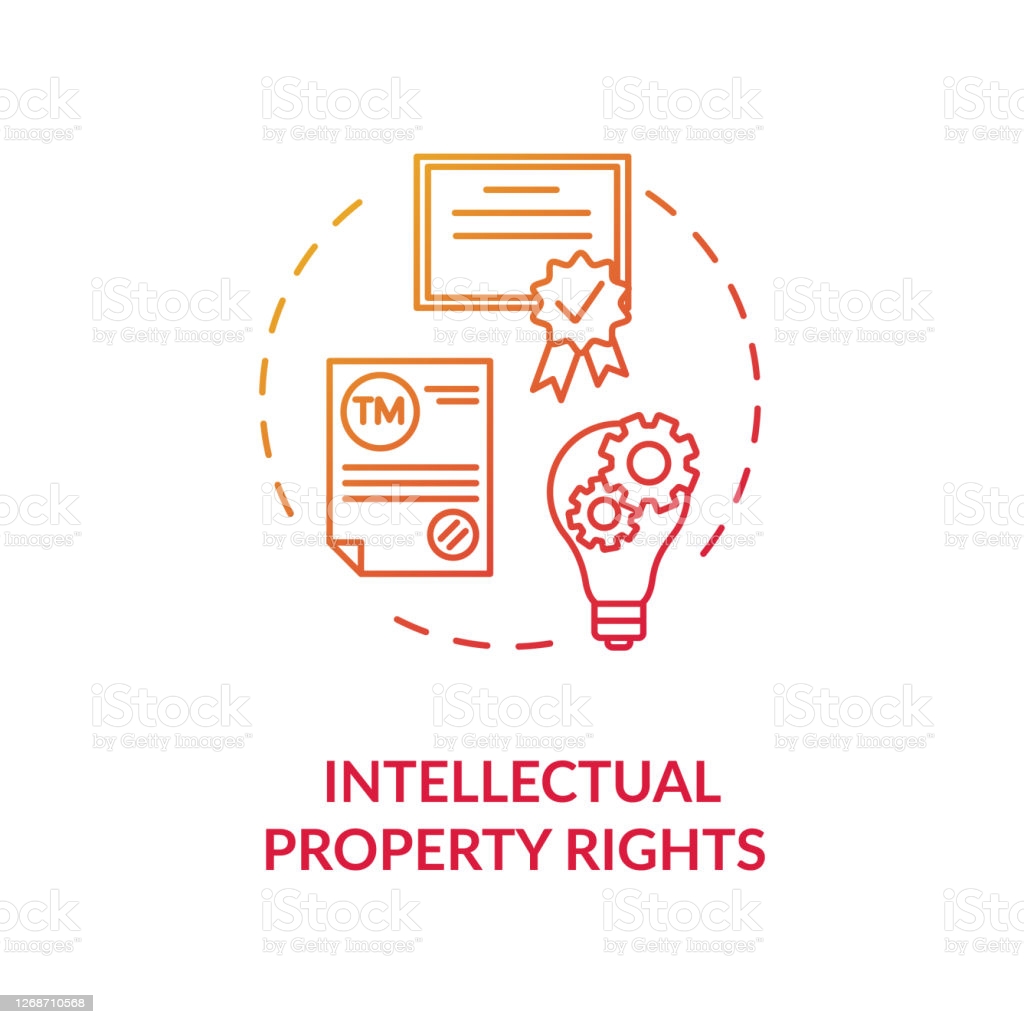Related rights, or more specifically Neighboring rights, are rights that are similar to copyright in some ways. These are not copyrights, but they are based on copyrighted work. The most essential point is that they provide the same exclusivity as copyrights, albeit they do not cover the original work.
The purpose of related rights is to protect the legitimate rights and interests of specific individuals who have a hand in the availability of works in public spaces, such as those who contribute creativity. Some notable types of related rights are performers, producers, and broadcasters.
How are related rights protected?
The international community, as well as some of the World Intellectual Property Organization’s conventions, offer protection for related rights. The Performers, Producers, and Broadcasters are protected in various ways under the Rome Convention, World Performance and Phonograms Treaty (WPPT), BTAP, and TRIPS Agreement. This article will discuss and dive into the purpose and scope of these international conventions, but first, it is necessary to identify the three categories.
Performers
When a composer and songwriter offer a singer to perform a song, they are the owners of the original song copyrights. The performers are given the right to prohibit their live performances from being recorded, broadcasted, or distributed to the public domain without their permission. Failure to do so is a breach of related rights. Performers are also granted moral rights under the World Performance and Phonograms Treaty (WPPT) of 1996, which includes the right to claim to be identified as the performer and the right to object to any distortion, mutilation, or other modification that would be detrimental to the performer’s reputation.
Producers
Their rights arise from their ability to add creativity to a sound recording, as well as the exclusive right to grant approval to or prohibit direct or indirect reproduction, importation, or distribution of their recordings and copies. Because they are among the direct victims of piracy and do not get any financial returns redirected to unlawful pirate producers, the rights are more commercial in nature. The producers’ special rights are intended to preserve the effort and creativity involved in the creation of a high-quality recording. Producers of sound recordings have economic and moral rights to adequate payment for broadcasting and distributing public sound recordings.
Broadcasters
Broadcasting entities are acknowledged for their role in making works available to the general public, as well as their legitimate interest in having exclusive control over the transmission and rebroadcast of their programs. The assembling of programs on the broadcast signal and their distribution to the audience, which is based on the act of broadcasting rather than the substance of the broadcast, grants exclusive rights to the owner of the signals that broadcast a football match. Because such a broadcasting organization has the power to emit the signals that make up the broadcast, it has some protective rights in those signals. In the end, it’s a form of investment protection. The rights to permit or restrict rebroadcasting, fixation, and reproduction of their broadcasts are granted to broadcasting organizations.
Treaties and Conventions
The Rome Convention of 1961 protects related rights for a period of 20 years from the end of the year in which the performance, recording, or broadcast took place, whereas the WPPT and BTAP protect related rights for a period of 50 years, with an expanded scope of protection for performers and producers by expanding into the digital era with the protection extended to the exploitation of protected works even over the internet. When this protection is breached, there are a variety of civil and criminal penalties that can be applied.
Similar to copyrights, the Rome Convention, WPPT, and BTAP, as well as national laws, provide limitations and exceptions to associated rights that allow for private use, brief extracts, and research or educational purposes.
The list of global IP Firms can be found here.

